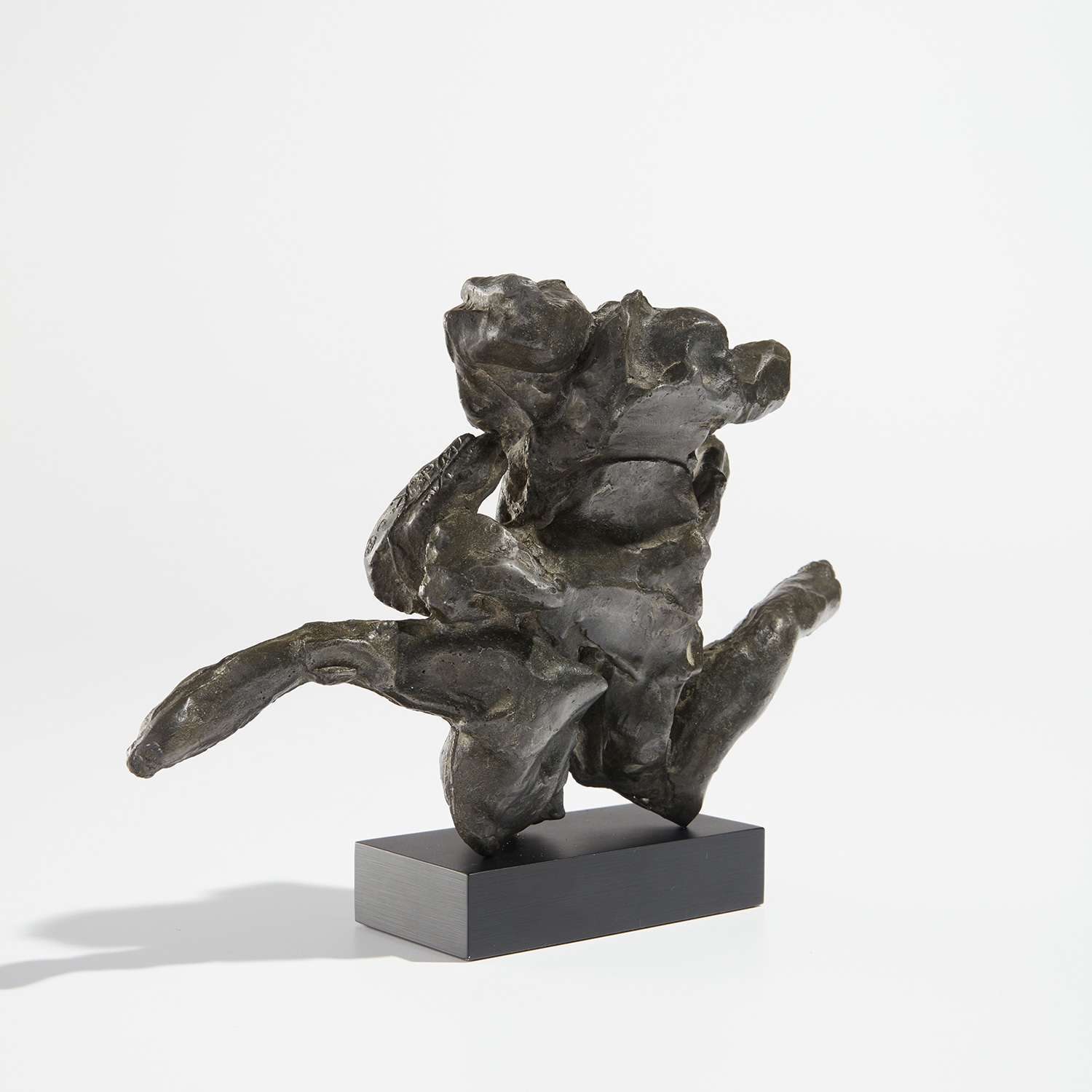







13
Willem de Kooning
Untitled (G. 404)
1969
Cast pewter sculpture.
6 1/2 x 11 x 2 3/8 in. (16.5 x 27.9 x 6 cm)
Cast with initials and stamp numbered 1/100 on the side (there were also 6 artist's copies and 6 cast in silver), published by Gemini G.E.L., Los Angeles (with the publisher's stamp).